Applying makeup for oily skin requires the right techniques and products to ensure a long-lasting, matte finish. If you have oily skin, you know the challenge of battling shine, smudging, and makeup that won’t stay put, and I’m here to help you navigate that.
Oily skin can lead to your makeup sliding off or looking shiny halfway through the day. Frustrating, right? This happens because your skin produces excess sebum, causing that unwanted shine. The good news? With the right techniques and products, you can keep that oil in check and your makeup looking on point all day long.
In this article, we’ll dive into the best products and techniques for managing oily skin. From primers that keep you matter to foundations that stay put, I’ve got the lowdown on everything you need. We’ll also zero in on ingredients that help keep oil at bay and those you should avoid.
By the end of this guide, you’ll be equipped with all the knowledge you need to find the perfect routine for your skin type. Let’s get that makeup to last and keep the shine away!
Recommended Products for Applying Makeup for Oily Skin
For oily skin, starting with the right primer is crucial. Two standouts are DHC Velvet Skin Coat and Benefit Cosmetics Profession Face Primer. These primers are praised for their ability to control oil and blur pores, providing a smooth canvas for makeup application.

- DHC Velvet Skin Coat creates a silky base that mattifies the skin without feeling heavy. It’s perfect for people who want a natural, shine-free look. It’s particularly not great if you tend to get shiny in the T-zone.
- The POREfessional from Benefit Cosmetics, on the other hand, is excellent at minimizing the appearance of pores while keeping oil at bay.
For foundation, you can’t go wrong with It Cosmetics CC+ Cream Oil-Free Matte or BareMinerals Original Powder Foundation. Both are known for their oil-absorbing properties and non-comedogenic formulas, meaning they won’t clog your pores. This is essential for keeping your skin looking fresh without causing breakouts.
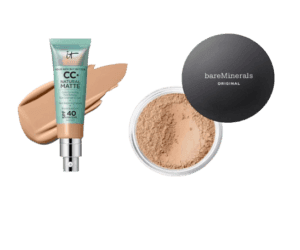
- It Cosmetics CC+ Cream Oil-Free Matte is a powerhouse. It offers full coverage with a matte finish that stays put. Plus, it contains skincare benefits like SPF and antioxidants.
- BareMinerals Original Powder Foundation is another fantastic option. It’s lightweight, buildable, and great at soaking up excess oil all day.
These product recommendations aren’t just about controlling oil; they’re about creating a base that looks good and lasts. With the right products, your makeup won’t just survive the day—it’ll slay.
Finding these products is the first step in mastering makeup for oily skin. Whether prepping with a solid primer or choosing a foundation that doesn’t budge, you’ll see a big difference in application and longevity.
Application Techniques for Applying Lasting Makeup for Oily Skin
When dealing with oily skin, how you apply your makeup can be just as important as the products you use. The right techniques can make your look last longer and keep the shine at bay.
Start with a mattifying primer. After applying your skincare routine, use primers like the below examples: Apply a thin, even layer all over your face. This step creates a smooth, oil-free base.
- DHC Velvet Skin Coat or
- Benefit Cosmetics: The Professional Face Primer.
Next, there’s a “Wayne Goss Method.” It might sound unconventional, but applying a light layer of powder before your foundation can work wonders. This technique helps absorb excess oil and locks your foundation in place.

- If you’re using a liquid foundation, lightly dust some translucent powder over your primer before applying the foundation.
When it’s time for foundation, use a brush or a makeup sponge to press the product into your skin. Avoid swiping motions, as they can cause streaks and disturb your primer. Patting the foundation helps it adhere better, giving you a more flawless look. Opt for foundations like the ones listed below for optimal results.
- It Cosmetics CC+ Cream Oil-Free Matte
- BareMinerals Original Powder Foundation
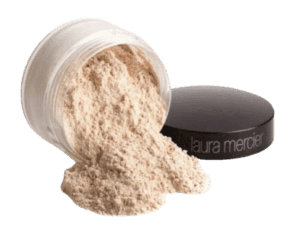
After you’ve applied your foundation, set everything with a setting powder. This is where products like Laura Mercier Translucent Loose Setting Powder come in handy. Lightly dust it over your face, focusing on areas that get shiny the quickest, such as your T-zone.
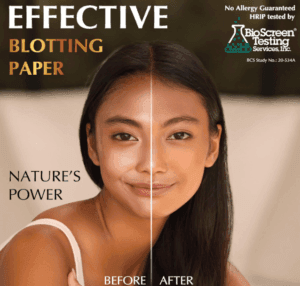
Throughout the day, blotting sheets are your best friend. Carry them with you to absorb excess oil without messing up your makeup. Press a sheet gently onto your shiny areas, and Voila, back to matte!
These techniques ensure your makeup stays put, reduces shine, and keeps you looking fabulous all day.
Ingredient Focus: What to Look For and Avoid
Let’s talk about ingredients. For oily skin, knowing what to look for in products can make all the difference. Silica powder, clay, and salicylic acid are your go-to ingredients for fighting shine. These ingredients are excellent at absorbing excess oil and reducing the appearance of pores.
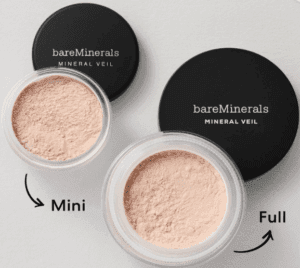
- Silica powder, often found in setting powders, not only mattifies the skin but leaves it with a smooth finish.
- Clay is a common agent in masks and some primers, providing a deep cleanse while controlling oil production.
- Salicylic acid is a favorite in skincare; it helps exfoliate and keep pores clear, making your complexion more balanced.
On the flip side, there are ingredients you should avoid to prevent exacerbating oiliness.
- Heavy oils are a no-go. While some oils can be beneficial for certain skin types, they often make oily skin worse.
- Silicones, while they might give a temporary smooth feel, can sometimes trap oil and bacteria, leading to breakouts.
- Alcohols can be tricky; some, like denatured alcohol, can overly dry out your skin, causing it to produce even more oil in response.
When scanning ingredient lists, keep an eye out for these key players. Products with a high content of absorbing agents like silica and clay are your best friends. Meanwhile, steer clear of formulations that rely heavily on oils and certain silicones. Your skin will thank you.
Understanding ingredients empowers you to make better choices and tailor your routine to what works for your specific skin needs.
User Tips and Personalization
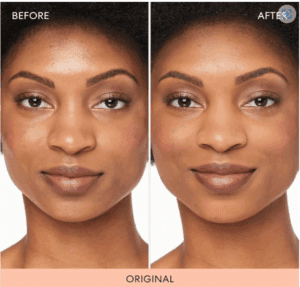
Every oily skin journey is unique, so what works for one person might not work for another. Experimenting with different products and techniques is the key to finding your perfect routine. It’s all about trial and error and figuring out what keeps your skin looking its best. Remember to patch test first.
One tip is to use thin layers of products. Oily skin tends to get overwhelmed with heavy products, leading to clogged pores and excessive shine. Applying multiple thin layers allows your skin to breathe while providing the coverage and matte finish you desire.
Long-wear, oil-free formulas should be your go-to. Products designed for longevity and oil control list these attributes on their packaging. These formulas are specifically crafted to withstand the wear and tear of oily skin over the day.
Engaging with user testimonials can help you learn from others who share your skin type. Real-world experiences often provide valuable insights that can save you time and money. Consider reading reviews and watching video testimonials to gauge how a product performs on oily skin.
Finally, interactive elements such as quizzes can offer personalized product recommendations and techniques. Many beauty websites now offer skin type quizzes that suggest products tailored to your needs. These can be fantastic resources for discovering new favorites and refining your regimen.
Expert Reviews and Dermatologist Recommendations
For expert advice, consider these dermatology websites:
- MDLIVE: They offer online consultations and provide personalized skincare recommendations.
- US Dermatology Partners: has a network of board-certified dermatologists who offer tips on managing oily skin and product suggestions.
- DermUtopia: Founded by Dr. Brenda Dintiman, this platform offers holistic dermatology services, focusing on both medical and cosmetic treatments for oily skin.
- Apollo 247 offers access to top dermatologists in India, providing expert consultations and treatment plans for oily skin.
Finally on Applying Makeup for Oily Skin
Ready to perfect your makeup routine for oily skin? Check out more of my content for additional tips and tricks. You can purchase the recommended products directly from the links provided here to enhance your routine. Don’t forget to leave a comment below, sharing your experiences or questions. I’d love to hear from you!
Chic Skin participates in affiliate programs like the Amazon Services LLC Associates Program. As an associate, we earn from qualifying purchases. This means Chic Skin may earn a commission from purchases made through links in this post at no extra cost to you.
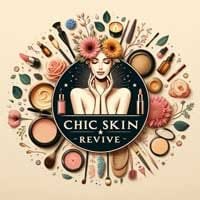

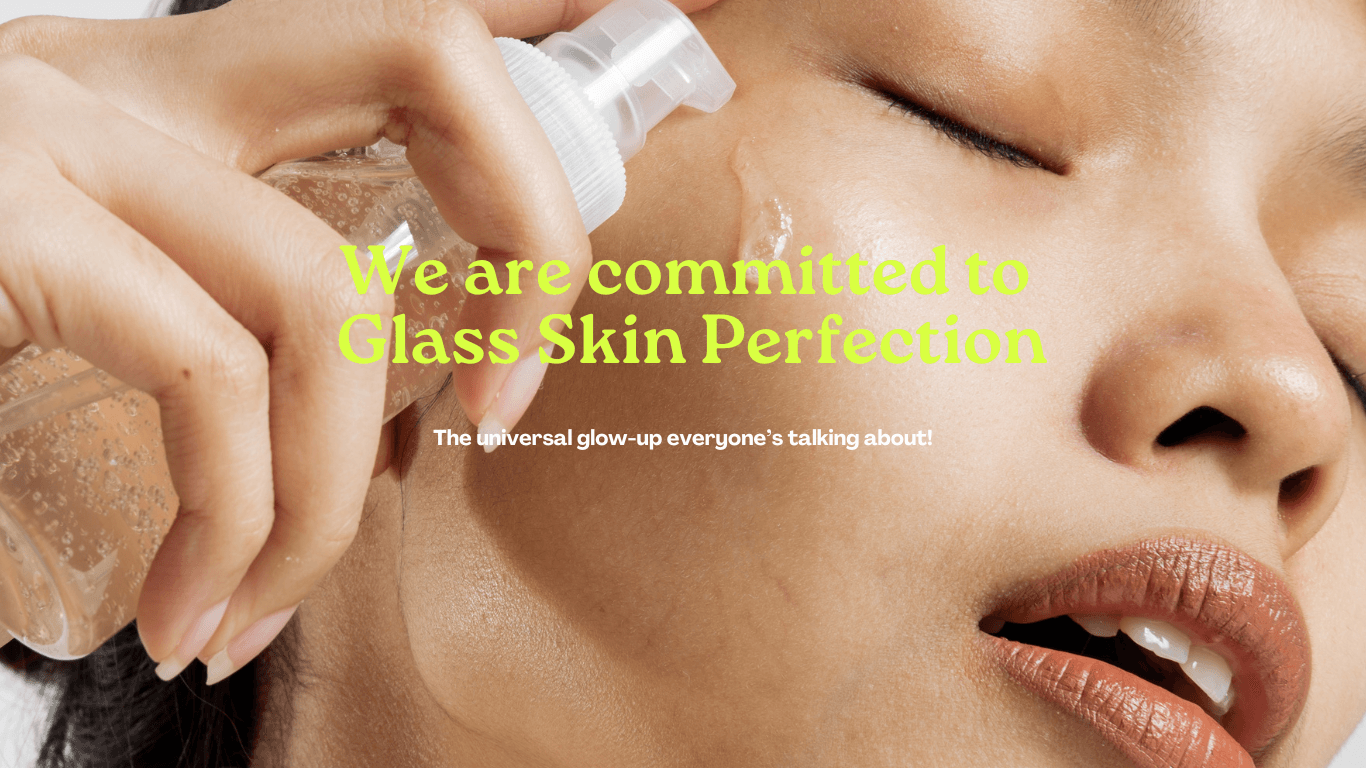
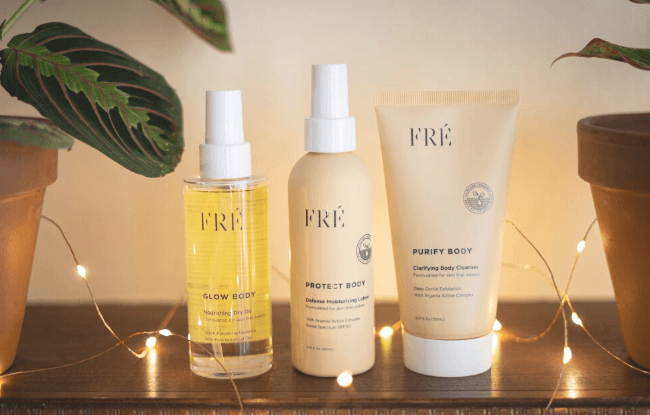
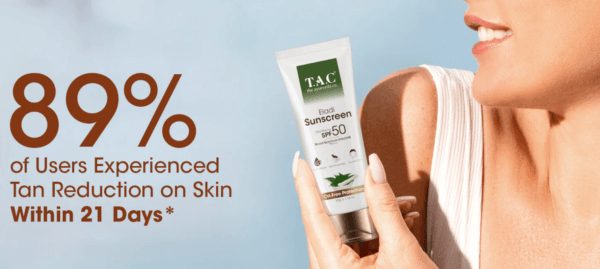
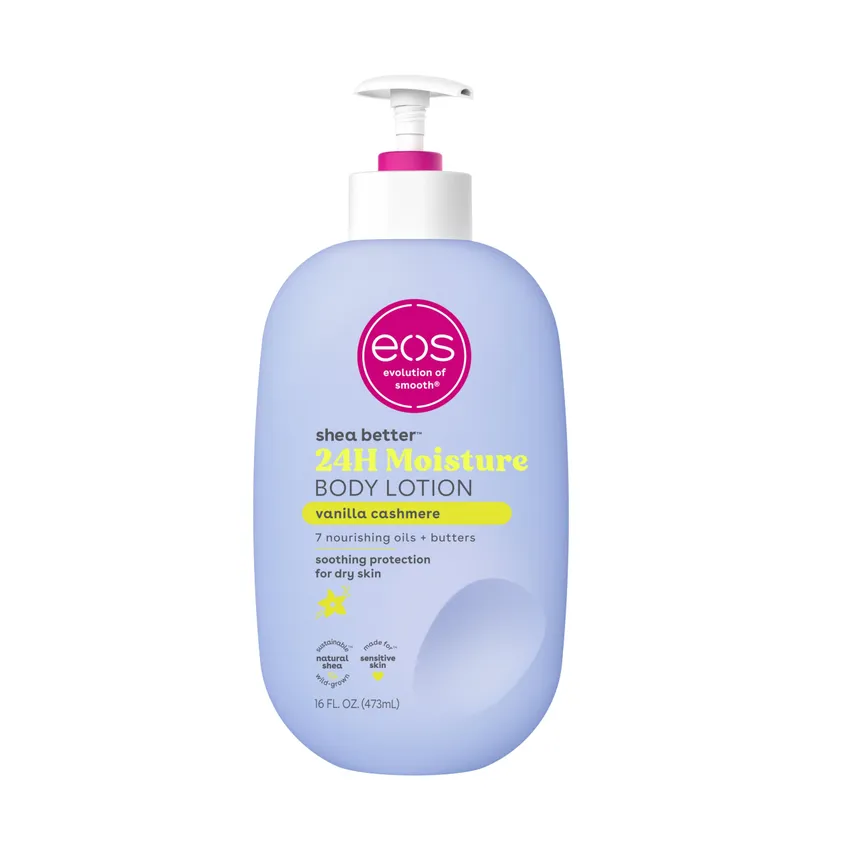

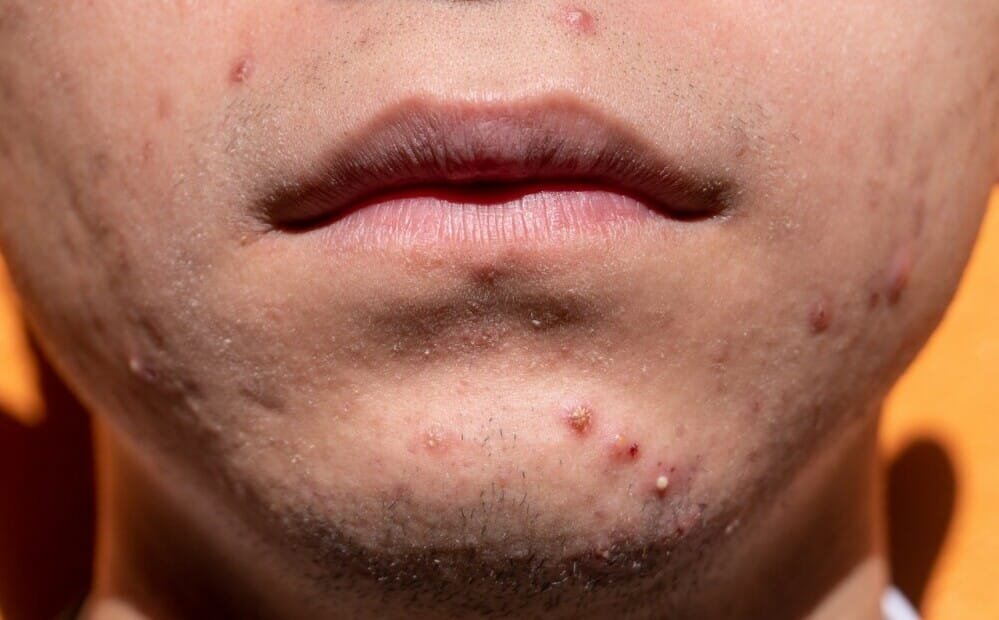

2 Comments
Excellent layout and very informative content. I was intrigued by the men’s cream. The article is very well written and gives incentive to purchase the product. Your approach to this subject of Skin care is quite creative and very welcome in the Affiliate marketing strategies. I want to wish you the best of luck.
Hi Walter
Thank you so much for your analysis of my content and advice given. Thank you 🙂